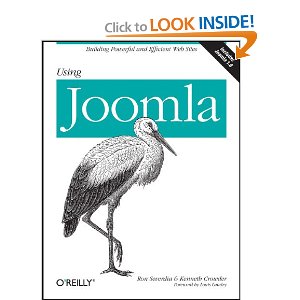 Book Description
Book Description
Why use Joomla? Because with Joomla you don’t need to have any technical expertise or web design experience to create effective websites and web apps. Whether you’re creating your first website or building a multi-function site for a client, this book provides straightforward, hands-on instruction that makes it easy to learn this open source web content management system.
Written by members of the Joomla Leadership Team, Using Joomla helps newcomers quickly learn the basics, while developers with Joomla experience will pick up best practices for building more sophisticated websites. You’ll also find more than a dozen ways to extend the functionality of existing Joomla-built websites. Start building with Joomla in minutes!
- Get guidelines for planning, creating, and organizing your content
- Understand how to create and use Joomla templates to build websites quickly
- Explore how components, modules, and plug-ins can extend your site’s functionality
- Increase your site ranking by using Joomla best practices
- Use built-in components such as banners, news feeds, polls, search, and web links
- Set up an online store, calendar, photo gallery, discussion forum, and more
- Learn important security precautions to safeguard your site
About the Author
Ron Severdia is a Creative Director in the San Francisco Bay Area and has directed interactive branding projects-from web sites and brand identities to interactive campaigns-for clients such as HP, Verizon, Electronic Arts, Yahoo!, Visa, Walmart.com, and Apple. His prior experience includes stints as a Senior Designer and then Creative Director at Young & Rubicam, DDB, Glow, and Landor Associates. Fluent in several languages, he worked for seven years in Europe, where he won several awards for successful creative work. Ron runs the interactive agency Kontent Design and has been using Joomla since 2006 to build sites for companies, large and small, including a worldwide branding site for Citibank. Ron is a member of the Joomla Leadership Team and recently redesigned the new look of Joomla.org and the forthcoming Joomla 1.6 interface.
Kenneth Crowder is a Senior Software Engineer at BIGSHOT, a full-service marketing and advertising agency located in Kansas City, Missouri. His primary role is to develop Joomla extensions and provide knowledge and expertise to support its clients. Prior to BIGSHOT, his experience includes places like Sprint and Hallmark.com. He holds a Bachelor’s degree in Computer Science from Northwest Missouri State University. Kenneth has been involved in the Joomla Community since its inception. He is a member of the Joomla Leadership Team and has volunteered countless hours to help the open source project.
Book Details
- Paperback: 416 pages
- Publisher: O’Reilly Media; 1 edition (December 28, 2009)
- Language: English
- ISBN-10: 0596804946
- ISBN-13: 978-0596804947
- File Size: 7.0 MiB
- Hits: 3,143 times
 Book Description
Book Description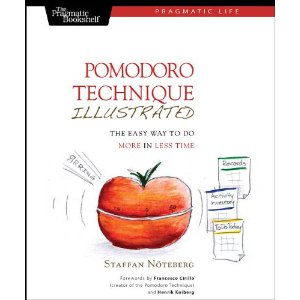 Book Description
Book Description Book Description
Book Description Book Description
Book Description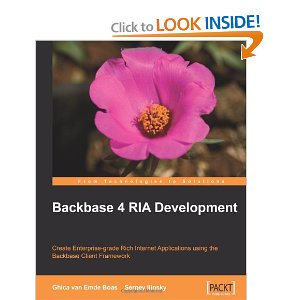 Book Description
Book Description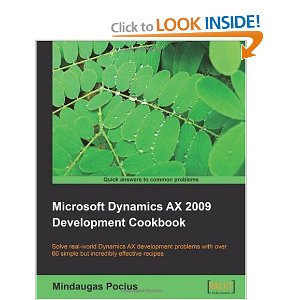 Book Description
Book Description Book Description
Book Description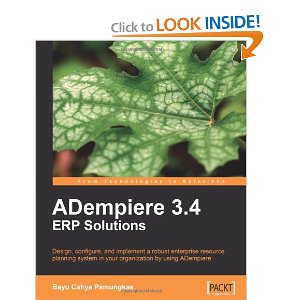 Book Description
Book Description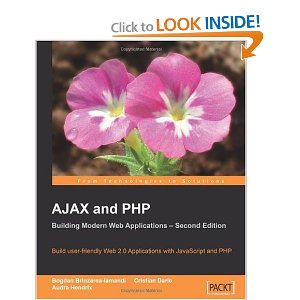 Book Description
Book Description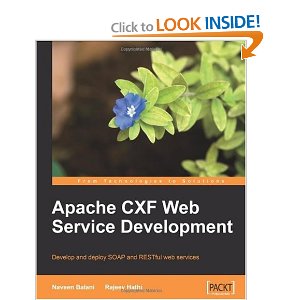 Book Description
Book Description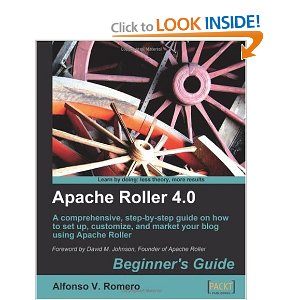 Book Description
Book Description Book Description
Book Description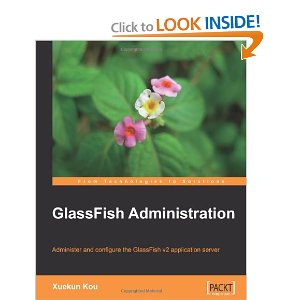 Book Description
Book Description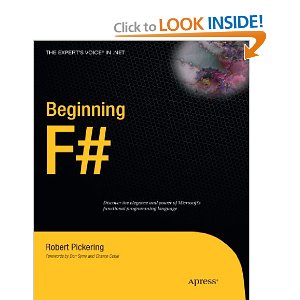 Book Description
Book Description Book Description
Book Description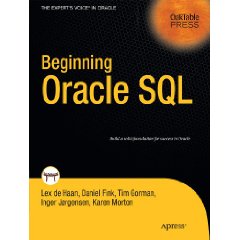 Book Description
Book Description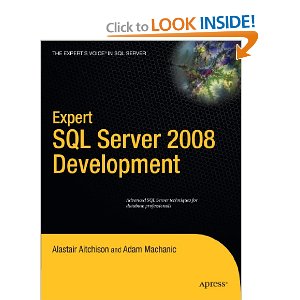 Book Description
Book Description Book Description
Book Description JBoss AS is the most used Java application server on the market meeting high standards of reliability, efficiency, and robustness and is used to build powerful and secure Java EE applications. It supports the most important areas of Java Enterprise programming including EJB 3.0, dependency injection, web services, the security framework, and more. Getting started with JBoss application server development can be challenging; however, with the right approach and guidance, you can easily master it and this book promises that.
JBoss AS is the most used Java application server on the market meeting high standards of reliability, efficiency, and robustness and is used to build powerful and secure Java EE applications. It supports the most important areas of Java Enterprise programming including EJB 3.0, dependency injection, web services, the security framework, and more. Getting started with JBoss application server development can be challenging; however, with the right approach and guidance, you can easily master it and this book promises that. jBPM is an open source business process management (BPM) solution used for defining and executing business processes. Java developers can use jBPM to analyze, improve, and maintain their business processes. This book steers you through each point of the jBPM framework and its implementation to model your business processes.
jBPM is an open source business process management (BPM) solution used for defining and executing business processes. Java developers can use jBPM to analyze, improve, and maintain their business processes. This book steers you through each point of the jBPM framework and its implementation to model your business processes.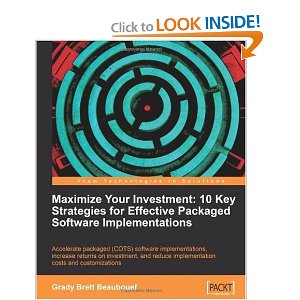 Using packaged software for Customer Relationship Management or Enterprise Resource Planning is often seen as a sure-fire way to reduce costs, refocus scarce resources, and increase returns on investment. However, research shows that the majority of packaged or Commercial Off-The-Shelf (COTS) implementations fail to provide this value due to the implementation approach taken.
Using packaged software for Customer Relationship Management or Enterprise Resource Planning is often seen as a sure-fire way to reduce costs, refocus scarce resources, and increase returns on investment. However, research shows that the majority of packaged or Commercial Off-The-Shelf (COTS) implementations fail to provide this value due to the implementation approach taken.